
|
BUSINESS DISRUPTION

MASSAGE ON DEMAND

From Zeel and Soothe in the United States, to Vaniday in Brazil and Urban Massage in the UK, massage-on-demand businesses are cropping up all over the place and are set to shake up the sector.
They enable customers to book same-day appointments – sometimes even within the hour – with mobile therapists in the area. These new market entrants could whet consumer appetites for spas, but they could also take away custom, not least because they offer an online community and convenience – two things the majority of spas are lacking.
| |
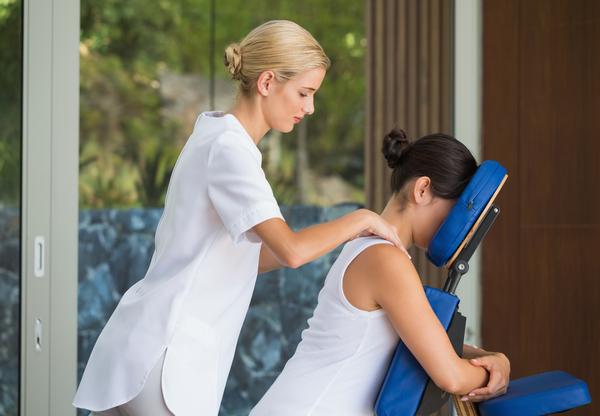

|
| Photo: shutterstock.com |

On-demand massage companies are bringing services closer to clients |
|

|
ON A LEVEL

TIERED OFFERING

For years, the airline and hospitality industries have reaped the rewards of appealing to a broad spectrum of customers at the same time. Those who can afford upper class seats or suites get access to nicer food, more space and better service. Yet, there’s still an acceptable range of options for those who are on a budget.
It’s time spas ventured down the ‘tiered offering’ route. This would impact all aspects of a facility – from design and service to pricing and marketing – but it would also widen the scope for business.
| |
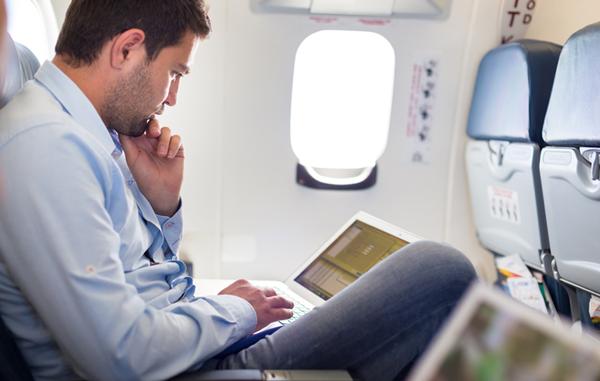

|
| Photo: shutterstock.com |

Spas could learn from the tiered offerings of the airline industry |
|

|
HEALING THE GUT

FAECAL TRANSPLANTS

The health of the gut directly determines the vitality and wellbeing of many aspects of health and controls key systems within the body, such as the immune system. It’s also now known to have a direct impact on the brain and mood.
Modern life is hard on gut flora – antibiotics and other medication and refined food upsets the delicate balance. Once the gut flora is damaged, chronic and acute health conditions can develop, such as candida, IBS, C diff and a range of other highly debilitating disorders.
All these conditions have been successfully treated with faecal transplants: taking faecal matter rich in gut bacteria from a healthy person and, through an approved medical process, inserting them into the gut of the patient, where they immediately start to colonise.
There’s evidence that the nature of gut bacteria directly determines the way we metabolise food: when the gut bacteria of an obese person is transplanted into someone of normal weight, in some cases they, in turn, become obese.
We predict that a trade in premium gut bacteria will emerge, with spas offering customised faecal transplants that give specific outcomes to a guest’s health.
| |


|
| Photo: shutterstock.com |

Faecal transplants can restore balance to the gut and underpin health and the ability to digest and absorb food |
|

|
PAN-ASIAN ECONOMY

ASEAN MARKET

Spa businesses in South-East Asia will start to feel the impact of the ASEAN Economic Community (AEC), which came into effect at the end of 2015. Likened to the European Union, the AEC is a single market initiative led by the Association of South-East Asian Nations (ASEAN) made up of 10 countries – Thailand, Singapore, Indonesia, Malaysia, the Philippines, Brunei, Cambodia, Laos, Myanmar and Vietnam.
Increased competition in recruiting skilled therapists and managers, a rise in rival businesses, a higher need for differentiation and a greater need for language skills are perceived as challenges of the AEC. On the plus side, operators feel the benefits will include more industry investment, higher spa and therapist standards, a wider diversity of treatments and employee skills from other countries.
| |
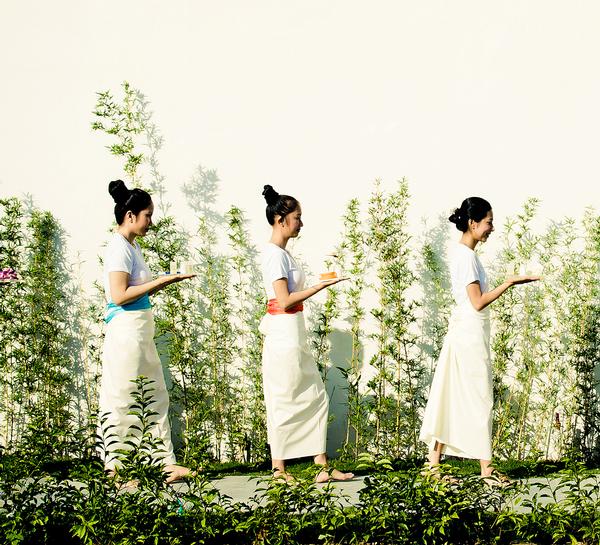

|

We predict a rise in therapist standards when the new AEC comes into effect |
|

|
RESTITUTION

TRIBAL INVESTMENTS

As tribal peoples worldwide receive restitution from governments for the loss of their lands and rights, some are investing this money in leisure, tourism and increasingly in spa.
The world sat up and took notice in 2007 when the Seminole Indian Tribe of Florida bought hotel, casino and hospitality business Hard Rock Café International in a huge deal worth just shy of a billion US dollars. In New Zealand, the Ngai Tahu tribe will invest in a new hot pools complex, while in Australia, the Jawoyn people have invested in Cicadia Lodge, an eco retreat.
We expect this to become a trend as human rights successes mean the pace of restitution increases. Many tribes also have indigenous treatments that complement the spa market.
| |
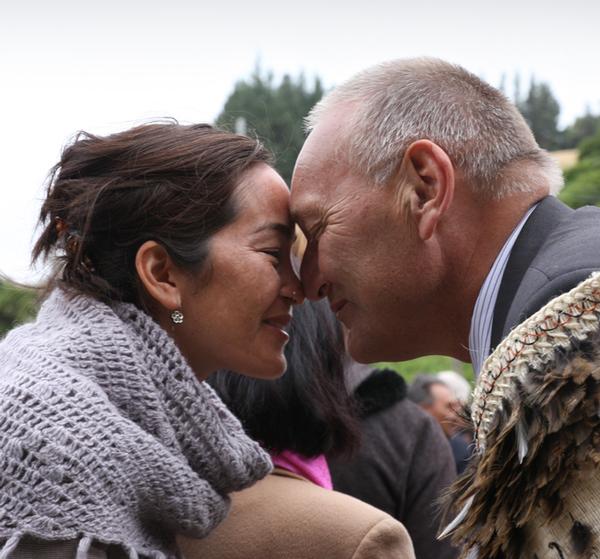

|

New Zealand’s Ngai Tahu tribe is investing in hot pool complexes |
|

|
HEIGHTENED EXPERIENCES

ATTRACTIONS & SPA

The visitor attractions market has emerged as a multi-billion dollar sector. It’s growing fast and attracting significant investment worldwide from major players in businesses such as theme parks, brandlands, museums and science centres.
We believe the technology used in the attractions industry has huge potential for use in the development of spa and wellness facilities, and we expect significant collaborations to emerge.
Innovations such as immersive environments, virtual reality, haptic technology, facial recognition software and augmented reality could all be deployed to create amazing experiences for customers within the spa and wellness industry. In addition, the attractions industry’s expertise in creating vivid customer journeys and high levels of engagement can also be used by spas to heighten and elevate the experience being delivered.
Other overlaps could include the use of 360-degree screens and multimedia to deliver ambience or to create another layer to the spa experience. Early adopter, Asian skincare brand AmorePacific, has worked with theme park designer BRC Imagination Arts to create an award-winning brandland in South Korea that mixes a spa theme and visitor attraction.
| |
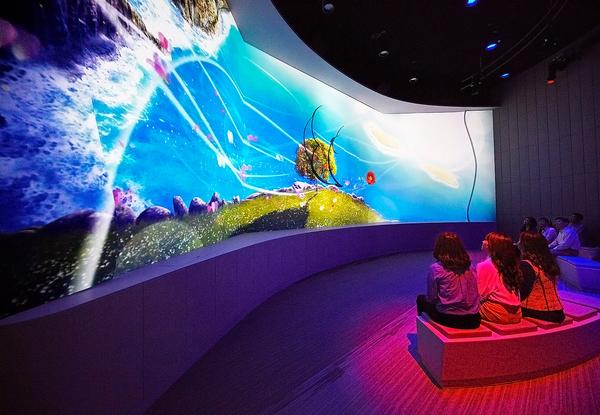

|

Skincare company AmorePacific has created a visitor attraction out of its factory in South Korea |
|

|
BEYOND THE BEDROOM

SEXUAL WELLNESS

US destination spa Canyon Ranch has teamed up with burlesque icon Dita Von Teese to create a programme that covers sensuality, seduction and discussions about the health benefits of sexuality. Dr Nicola Finely, who heads up the talks, says: “Respecting one’s sexuality is an important element of living a full and happy life.”
Meanwhile in Europe, one company is experiencing much demand for its luxury sensuality retreats, which include sex counselling and sensual healing therapies. Since launching in 2013, Shh (Sensual, Healing, Harmony) Global has held six retreats in the UK and Ibiza for women. In 2016 it will host twice as many retreats to meet demand.
While a taboo subject (sometimes understandably so in spas), sex and sexuality is important to wellbeing. We expect more operators to explore this trend with sensitivity and integrity.
| |
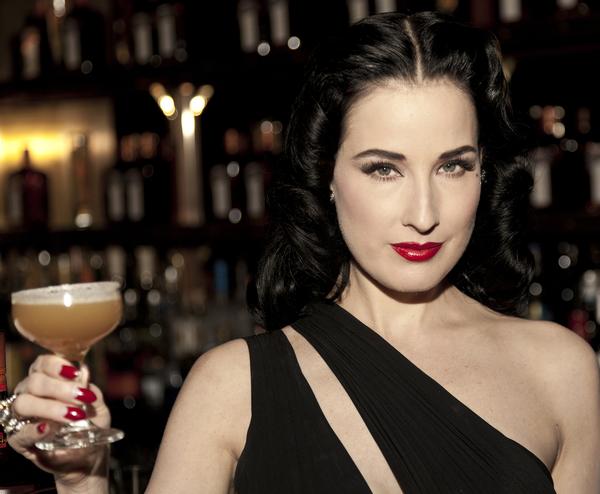

|
| Photo: shutterstock.com |

Dita Von Teese is heading up a sensuality programme at Canyon Ranch |
|

|
UNTAPPED NICHE

HALAL TOURISM

Muslims spent US$140bn on international travel in 2013, representing almost 13 per cent of global travel expenditures, according to a report by Crescent Rating. The agency is one of a growing number of firms that rate facilities on their adherence to Islamic traditions, such as no alcohol and gambling, serving halal-certified food and offering gender-segregated leisure facilities.
Spas in Muslim countries already offer separate male and female areas, but we predict further segregation in design and in facilities outside these regions as the growth of halal tourism gains pace.
|

|
MORE THAN JUST PRODUCTS

NEXT GEN SKINCARE

How we feel and what we eat has a visible impact on our appearance, so it stands to reason that the next generation of skincare will be about more than just face creams.
Dermalogica’s Face Mapping tool already links zones on the face to the health of internal organs. Other product houses such as Comfort Zone, Gazelli and Elemis are tapping into lifestyle and nutritional advice with their packages and prescriptions too.
We expect to see more of this, but wonder what impact it will have on the workforce and the skills demanded of therapists.
|

|
HARNESSING PASSIONS

SPORT & SPA

As the spa market matures and the demand for niche spa offerings becomes greater, operators will look for ways to differentiate their spas. We believe combining sport and spa will be a very powerful and attractive option.
There are great synergies between the two markets, and sport-orientated spas would find an existing group of highly engaged consumers to tap in to. In Italy, for example, the four-star Hotel Terme Millepini has conceived the Y-40 – the world’s deepest swimming pool – otherwise known as The Deep Joy. It offers diving enthusiasts the freedom to dive and swim without a wetsuit, while still enjoying the pleasures of spa.
Measuring 21x18m on the surface, the pool contains 4,300 cubic meters of spa water that’s maintained at a constant temperature of 32–34?C. The pool has a depth of 40m, with intermediate caves for technical underwater diving. It supports a wide range of activities year-round.
Choose pretty much any type of sport, and a spa connection could be developed. We expect to see more this kind of investment going forward.
| |
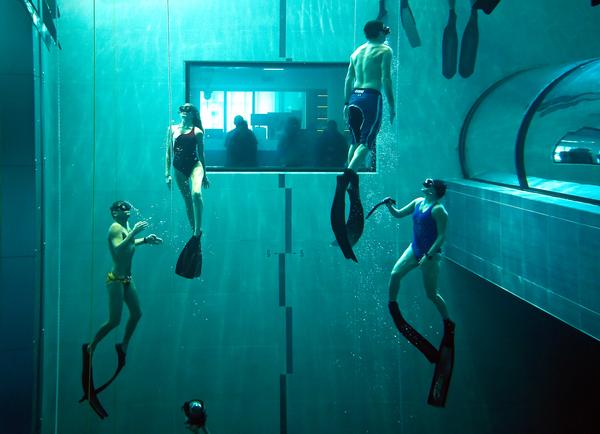

|
| Photo: OLIVIER MORIN |

Divers enjoy swimming in 4,300 cubic meters of warm spa water in Y-40, the 40m dive tank at the Hotel Terme Millepini, Italy |
|

|
FACE FORWARD

FACE MASSAGE

Facials are a best seller for spas, with ever more complex rituals on offer. However, just as body treatments include everything from a simple massage to a complex treatment that involves wraps and scrubs, so we expect spas to evolve fuller facial menus that include a new addition – a face massage.
Face massage is a technical treatment that manipulates and releases the muscles of the face, head and neck, relieving tension, re-balancing muscles and improving lymphatic drainage, but without heavy product use.
It can be anti-ageing, relieve the side effects of tension behaviours such as teeth grinding, and help with headaches and puffiness around the eyes.
There’s a limit to how often facials can be delivered, but face massage can be done regularly, so would be a profitable, complementary addition to the menu.
| |
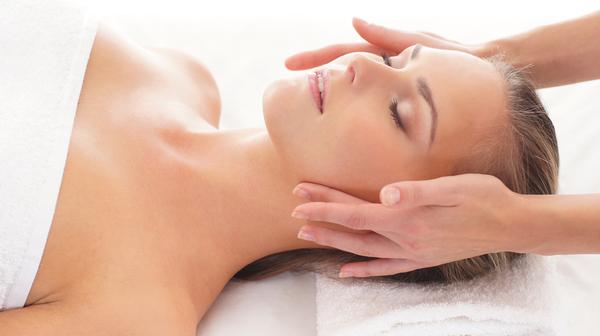

|
| Photo: shutterstock.com |

Spas could offer face massage as part of a package with facials to upsell to their regular clients |
|

|
LIVING WELL

SPA & WELLNESS REAL ESTATE

The lifecycle of the spa and wellness real estate market is following the classic growth curve, starting out with high-end offers, but with niche and mass market products now very much being seen on the horizon.
We know adding spa and wellness to hotel rooms and residential developments gives up to a 30 per cent uplift in value at the top end of the market; what’s yet to be established is the premium that will be achieved in the mid-market.
We expect wellness real estate to boom as a sector in the next five years, as the property market continues its rebound from the global recession, and for wellness to be a key differentiator in giving a competitive edge to developments.
This trend will play to consumers’ increasing interest in wellness and spa, as this is translated into a commitment.
| |


|

Wellness facilities give high-end residential developments up to 30 per cent uplift in value |
|
Katie Barnes has a 14-year career in international spa, beauty and health media. She’s managing editor of Spa Business magazine and was launch editor of the Spa Business Handbook.
E: [email protected]
T: @SpaBusinessKB
Liz Terry has been writing about and analysing the global leisure industries since 1983. She’s editor of Spa Business and Spa Opportunities magazines.
E: [email protected]
T: @elizterry
|
|
 |
| Originally published in HCM Handbook 2016 edition
|
|
 |
|
|
| | | | | | | | | |
